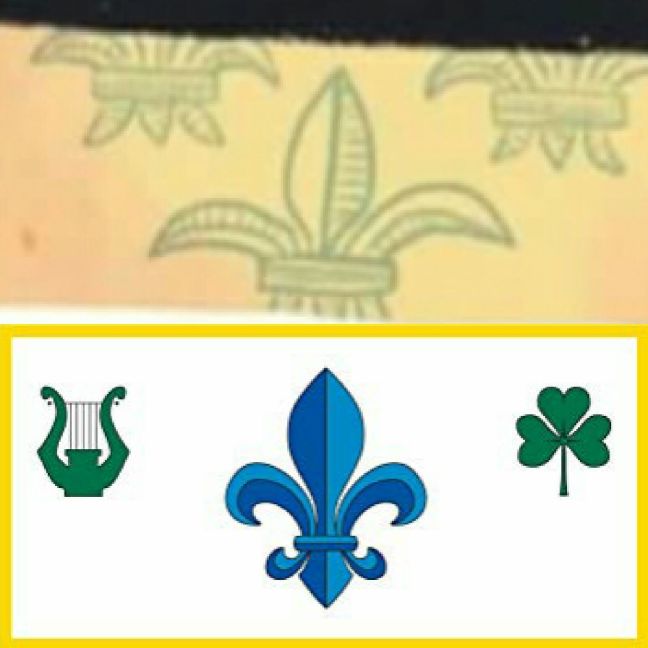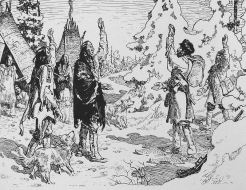Malgré l’établissement colonisux européens depuis 1534, 229 ans se sont écoulées sans législation de l’identité autochtone.
Nous avons tendance à nous référer à la loi constitutionnelle de 1867 comme étant la principale loi qui aura permi au gouvernement d’imposer le statut d’Indien, de gérer les terres des réserves et les fonds communautaires.
Mais l’intention de mettre fin aux droits des Peuples autochtones aura débuté 104 ans avant la Loi sur les Indiens.
Voici la chronologie:
1763: La proclamation royale. Proclamée «Magna Carta indienne». Elle garantissait certains droits et protections et établissait comment la Grande-Bretagne pouvait acquérir des terres.
1850: Loi pour une meilleure protection des terres et des biens des Indiens du Bas-Canada. Sont inclus tous les descendants de ces personnes, les non-Indiens qui «se sont mariés avec de tels Indiens», les personnes dont les parents étaient considérés comme des Indiens et «toutes les personnes adoptées par eux»
1857: La cinquième législature de la province du Canada adopte l’Acte pour encourager la civilisation graduelle des tribus sauvages en cette Province. Tout Indien qui sait lire ou parler anglais ou français, n’a aucune dette et qui est de bonne moralité, est considéré comme une «personne morale» et «civilisé» aux yeux du gouvernement britannique.
1869: l’Acte pourvoyant à l’émancipation graduelle des Sauvages. Cette définition plus restreinte de qui était considéré comme un Indien. Seules les personnes d’un quart de sang indien pouvaient être reconnues indiennes.
1870: Loi sur le Manitoba. Les particuliers résidant à proximité de la ville de Winnipeg actuelle se sont vus offrir Scrip, un billet à ordre donnant à chacun une propriété privée de 64 hectares en échange de leur titre foncier indien.
1876: Loi sur les Indiens. Destinée à consolider toutes les ordonnances précédentes visant à mettre fin à la culture des Premières Nations en faveur de l’assimilation à la société euro-canadienne. Une grande partie de la loi relative à l’identité et aux exclusions fondées sur le sexe a depuis été abrogée et la loi a fait l’objet de plusieurs modifications.
Tous les descendants des personnes qui ont été exclues par l’une de ces lois restent victimes d’injustices historiques du fait de leur colonisation. Nous sommes notamment empêchés d’exercer nos droits au développement conformément à nos propres besoins et intérêts, et notre droit à l’autodétermination est refusé.

















